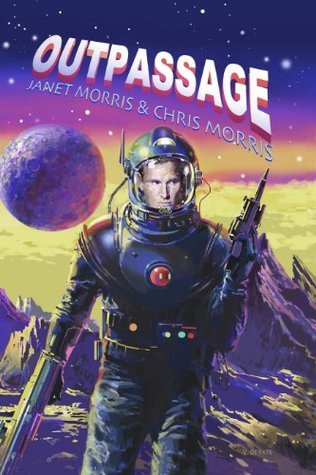
Woman on the Edge of Time
Book Description
Caught between a grim present and a vibrant future, Connie Ramos fights for her sanity while navigating the razor's edge of mental illness and social injustice. In a world filled with corruption and alienation, she finds herself catapulted into a utopian society where her choices can spark monumental change. Desperate to reclaim her life and save both worlds from chaos, she wrestles with powerful forces and deep personal betrayals. As time shifts and reality blurs, each decision could tip the scales of fate. Will Connie embrace her power, or will it slip through her fingers?
Quick Book Summary
"Woman on the Edge of Time" by Marge Piercy is a speculative fiction novel blending science fiction with feminist themes, following Consuelo (Connie) Ramos, a working-class Latina woman institutionalized for being "unfit" and experiencing visions. Connie becomes a conduit between her harsh, oppressive reality in 1970s New York and a future utopian society where gender and societal roles are radically transformed. As she engages with the inhabitants of this future, Connie learns her actions in the present could influence whether a utopia or a dystopia comes to pass. The novel explores mental illness, systemic injustice, and the transformative power of choice, questioning society’s treatment of marginalized individuals and imagining alternative social structures. Piercy crafts a story that challenges the boundaries between madness and sanity, reality and fantasy, and agency and oppression.
Summary of Key Ideas
Table of Contents
Systemic Oppression and Marginalization
Connie Ramos, a Chicana woman living in poverty, is forcibly committed to a psychiatric institution after a violent altercation involving her niece. Already struggling with social alienation and the trauma of past abuse, Connie is dismissed by the system as delusional and dangerous. While institutionalized, she begins to experience what staff and doctors label as hallucinations—yet these visions are Connie’s window into another world. Through her eyes, readers see the intersection of racism, sexism, and classism, and how society’s mechanisms systematically disempower marginalized people like her.
Feminist Utopia versus Dystopia
Connie’s visions transport her to the year 2137, where she meets Luciente, an ambassador from a future community called Mattapoisett. This society functions on principles of equality, non-hierarchical governance, and shared responsibility. Gender roles are fluid, and child-rearing is communal. Technology serves social progress rather than control. In this environment, Connie is treated as a respected visitor instead of a patient. Her experiences sharply contrast the cold, coercive mechanisms of her hospital in the present, highlighting possibilities for a new, just world.
The Fluidity of Reality and Sanity
The future, however, is precarious. Connie learns that Mattapoisett exists in opposition to a rival dystopian possibility—a world marked by corporate domination, physical enhancement for the elite, and the commodification of humanity. The representatives from the future suggest that the choices and struggles of people in Connie’s time profoundly shape which of these futures will predominate. Connie must navigate the ambiguity of her situation; is she truly influencing the future, or simply retreating into fantasy to escape her suffering? The novel skillfully blurs the boundaries between psychic ability, mental breakdown, and visionary experience.
The Power of Choice and Resistance
Back in the present, Connie faces mounting pressure from unethical doctors and relatives who wish to control her. She resists forced experimental treatments, including a surgical procedure that threatens her autonomy and identity. With growing understanding of her potential impact on the future—and inspired by Mattapoisett’s ideals—Connie becomes more determined to fight back, using both subtle and overt means. Her struggle evolves from survival to rebellion, challenging the structures that trap her and, by extension, all marginalized people.
Alternative Social Structures
Piercy’s narrative ultimately explores the significance of individual and collective agency amidst seemingly insurmountable obstacles. Connie’s decisions in the face of oppression become acts of resistance with far-reaching consequences. The story refuses to offer simple answers about reality or liberation, instead inviting readers to consider the necessity—and cost—of fighting for social transformation. "Woman on the Edge of Time" is both a critique of oppressive systems and a hopeful meditation on the transformative power of imagination and solidarity.
Download This Summary
Get a free PDF of this summary instantly — no email required.





